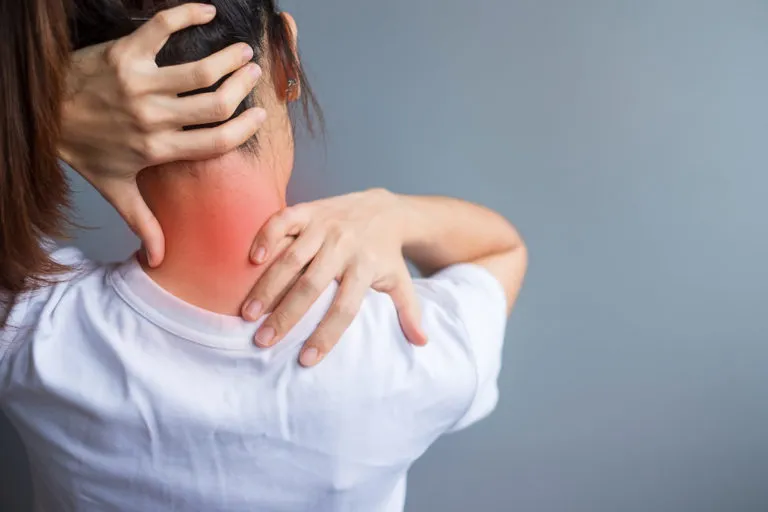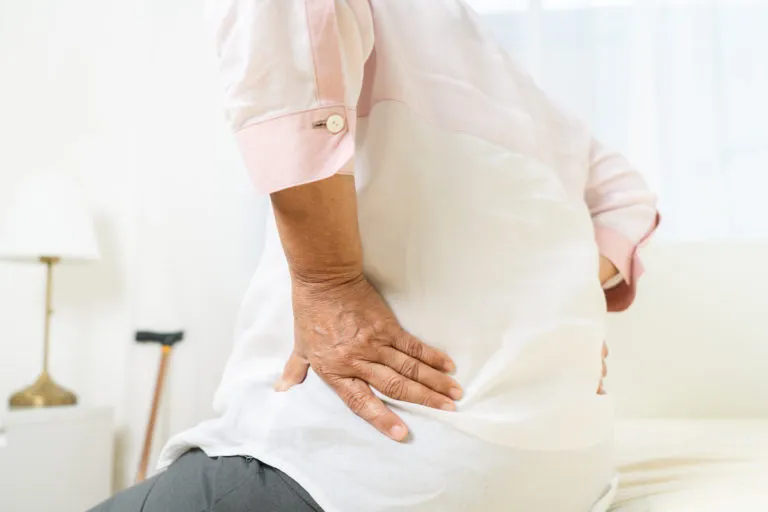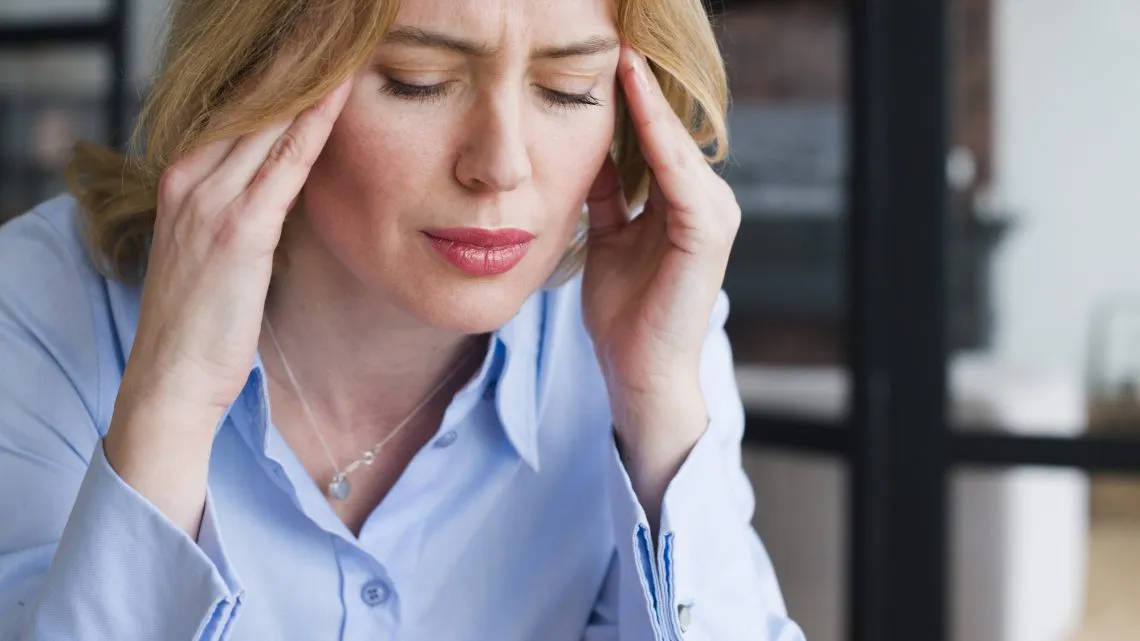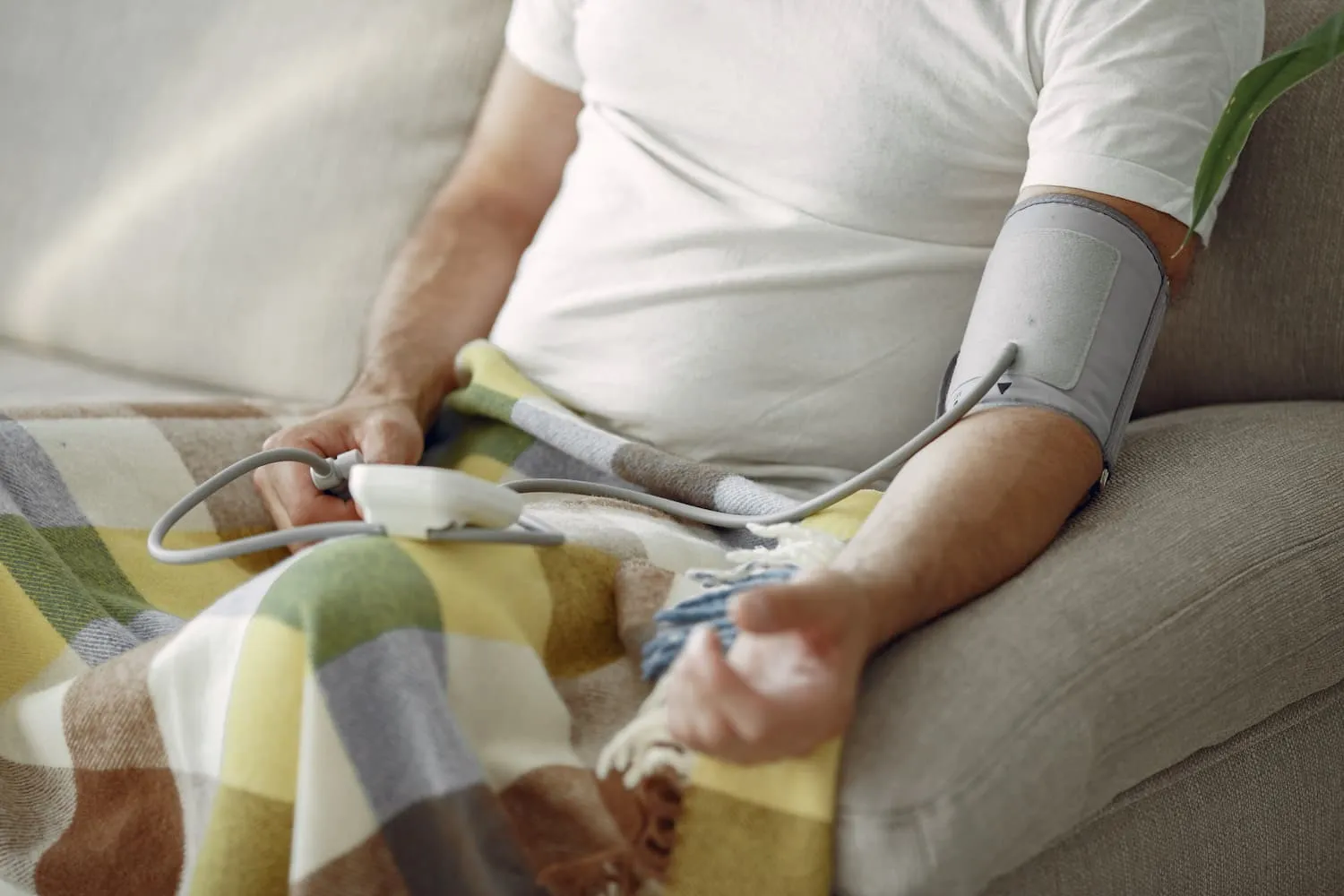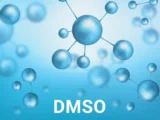Updated on 15. November 2021 from Carolin Jäger
Reading time: approx. 5 minutes
Worldwide, headache is one of the most common pain syndromes along with back pain and is one of the 10 most common disorders. 4% of the world population suffers from headaches for 15 or more days per month, which sometimes even lead to functional disabilities. They can be occasional, seizure, or chronic. Migraines and tension headaches are particularly common. In general, the basics and causes of tension headaches are largely unexplained.
When tension leads to tension headaches
In general, the basics and causes of tension headaches are largely unexplained. However, many sufferers have significantly increased muscle tension in the neck and back area (e.g. trapezius muscle), which can be the cause of increased chest breathing or stress. A lack of fluids and fresh air can also trigger tension headaches. Chronic excessive demands, food intolerance and acidification of the body are further triggers.
Peripheral nerves emerge to the side of the spine and innervate or irritate certain areas of the body. The main nerve in particular, which emerges between the first and second cervical vertebrae and runs through various muscle groups, can be pinched off by fascial tension. These tension relationships in the neck area are mainly triggered by poor posture or lack of exercise, such as sleeping in an uncomfortable bed, poor sitting position at work or even a bad bite of the teeth, and often cause so-called tension headaches.
The neuronal short circuit as a cause of headaches
In particular, women over the age of 50 suffer from pain attacks that affect the trigeminal nerve. These types of headaches can be caused by touching, chewing, swallowing, or speaking. The cause is usually a neuronal short circuit in which the tactile nerve cells and the pain-conducting fibres interact incorrectly. Many sufferers can be helped through the use of targeted relaxation techniques.
Racking your brain until you get a headache
Lack of time, deadline pressure, incompatibilities – in today’s society fewer and fewer people find a way out of the hamster wheel. The balancing act of meeting all requirements on the one hand and not losing sight of one’s own needs on the other hand is difficult for many. Stress has now become a constant burden and not only affects sleep, digestion or mood. Headaches are also among the classic symptoms that are triggered by stress. The cause is a dysregulation of the autonomic nervous system, which alternates between narrowing and dilation of blood vessels in the head area. The result is headache, which should force the organism to rest. But it is not always easy to perceive the body’s warning signals and react to them.
The lifestyle that doesn’t pay and can cause headaches
Nicotine and alcohol are not good for your health. A lack of sleep, whether initiated by shift work, stress or chronic pain, also affects the quality of life in the long term. In addition, underlying diseases that are associated with an unhealthy lifestyle, such as hypertension or diabetes, often lead to further complaints. It is possible that behaviour which is not in line with our biological clock and our basic needs can trigger headaches.
How nutrition, hormones, and medication can cause headaches
It is not uncommon for people with headaches or migraines to report sudden attacks of pain after consuming various foods such as chocolate or cheese. Synthetic hormones such as birth control pills or certain medications also have a negative effect on the body and can lead to headaches. These so-called toxic pain attacks are an attempt by the body to prevent poisoning. The metabolism is boosted to eliminate the toxins. As a result, however, there is an imbalance of messenger substances and the metabolism derails. The sudden widening of the vessels and the rapid influx of messenger substances into the brain cause stabbing or pulsating headaches. In addition, climacteric or premenstrual hormone fluctuations can trigger psychosomatic complaints such as headaches.
Traditional headache treatment
Most chronic headaches are usually harmless, but they affect the quality of life. Conventional therapies that focus on taking painkillers almost always only treat the symptoms. In acute cases, the analgesics lead to interruption of the pain conduction, vasodilatation or narrowing, co-analgesics act against nausea, dizziness or are calming. This type of treatment is quick, but in the long term the question arises of how headaches can be treated holistically. Because every person has an enormous potential to heal themselves. Dysregulations and malfunctions can best be treated if the symptoms are not permanently hidden and the symptoms are distorted by medical concomitant symptoms.
Holistic view of pain
The solution is to create a basic order between mental, physical and mental health. Various stressors can affect this basic order and lead to headaches. But it is possible to identify and reduce these stressors or to avoid them. There are different forms and approaches to counteract the disease-causing factors. This can be achieved, for example, with purification, a change in diet, water cures, special breathing techniques, exercise, phytotherapy, relaxation techniques or vascular training. But what is the best way to get out of this spiral and learn to find access to yourself and your own resources again thus developing positive stress management? How can you specifically release tension? How do you recognise a possible connection between stimulants and impaired metabolism? The ÁYIO-Q Center of Vitality, for example, offers one way to use these holistic therapy options and professional instructions for those seeking advice, including at home. Many people are enthusiastic and can implement the principles of the therapies for themselves at home in the long term.
Physical relaxation is one of the best remedies for headaches. This involves completely relaxing all the muscles in the head area in conjunction with proper breathing. ÁYIO-Q has developed a breathing exercise that can work wonders for all kinds of pain. Those plagued by headaches confirm time and again that after a few minutes the headache dissipates.
Sources:
- Thieme Naturheilverfahren-Naturheilkundliche Maßnahmen bei Kopfschmerzen und Migräne, at https://www.thieme.de, retrieved on 10.07.2021
- Naturheilmagazin – Erkrankungen: Kopfscherzen und Migräne, at https://naturheilmagazin.de, retrieved on 10.07.2021
- Heilpraxisnet – Symptome: Kopfschmerzen-Ursachen-und-Behandlung, at https://www.www.heilpraxisnet.de, retrieved on 10.07.2021
